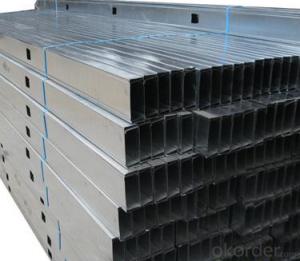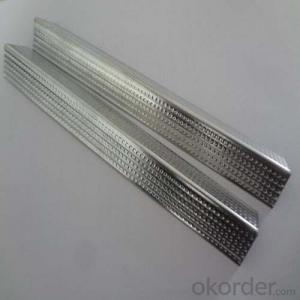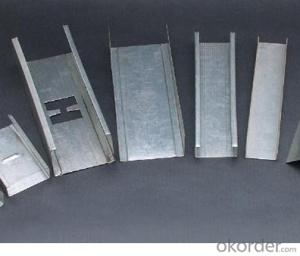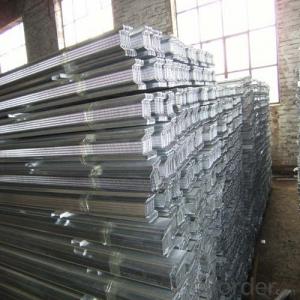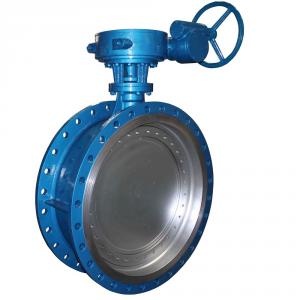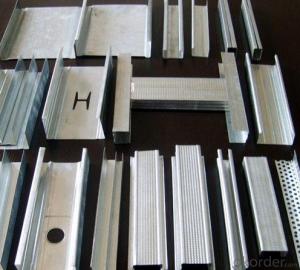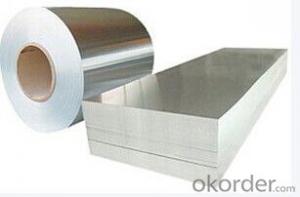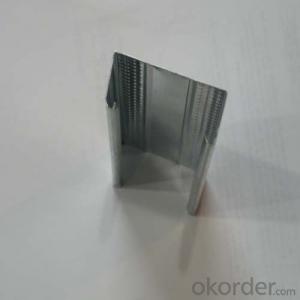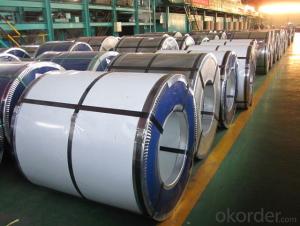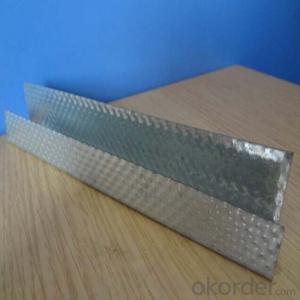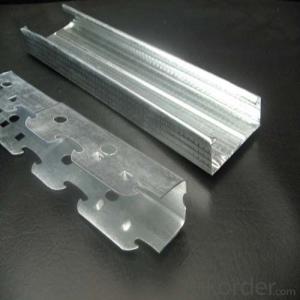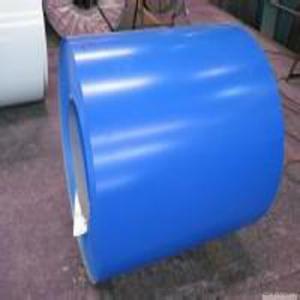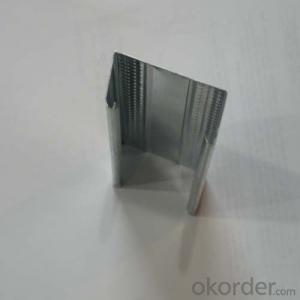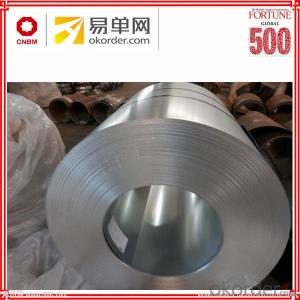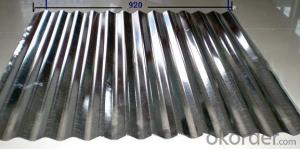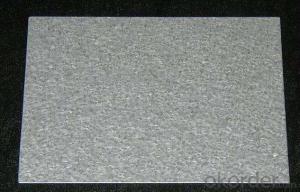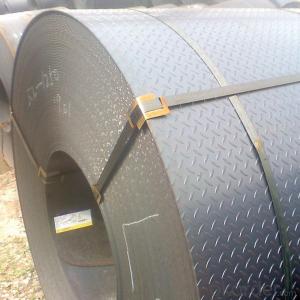16 Gage Sheet Metal
16 Gage Sheet Metal Related Searches
Cut Off Wheels For Metal Grinding Wheels For Metal Track Lighting For Walls Track Lighting With Plug Metal Stainless Steel Stainless Steel Nose Stud Industrial Led Track Lighting 24 Gauge Galvanized Sheet Metal 28 Gauge Galvanized Sheet Metal 4X8 Galvanized Sheet MetalHot Searches
Used Metal Folding Chairs For Sale Large Metal Containers For Sale Metal Shop Cabinets For Sale Metal Shipping Crates For Sale Galvanized Steel Scrap Price Fiber Sheet Price In India Galvanized Steel Prices Plastic Fiber Sheet Price Upvc Roofing Sheet Manufacturer In India China Geomembrane Roll Sheet Lasani Wood Sheet Price Rhino Roofing Sheet Price List Tinplate Sheet Price Mdf Price Per Sheet 4Mm Mdf Sheet 1220X2440Mm Price Grp Sheet Price Aluminum Sheet Stock Sizes Cost Of 4X8 Sheet Of Plywood Cost Of Drywall Per Sheet Buy Sheet Plastic16 Gage Sheet Metal Supplier & Manufacturer from China
Okorder.com is a professional 16 Gage Sheet Metal supplier & manufacturer, offers integrated one-stop services including real-time quoting and online cargo tracking. We are funded by CNBM Group, a Fortune 500 enterprise and the largest 16 Gage Sheet Metal firm in China.Hot Products
FAQ
- Yes, steel sheets can be welded. Welding involves using heat to melt the edges of the steel sheets and then joining them together to form a strong and permanent bond.
- Yes, steel sheets can be used for elevator shafts. Steel is a widely used material for constructing elevator shafts due to its durability, strength, and fire-resistant properties. Steel sheets are commonly used to create the walls and floors of elevator shafts, providing structural support and ensuring the safety of the elevator system. They can be easily fabricated, allowing for precise customization to fit the specific dimensions and design requirements of the elevator shaft. Additionally, steel sheets can be treated with various coatings to prevent corrosion and enhance their longevity. Therefore, steel sheets are a suitable choice for constructing elevator shafts, offering a reliable and robust solution for vertical transportation systems.
- Yes, steel sheets can be used in food processing or medical industries. Stainless steel sheets, in particular, are commonly utilized in these industries due to their excellent corrosion resistance, hygienic properties, and ease of cleaning. They are often used to manufacture equipment, surfaces, and utensils that come in direct contact with food or are used for medical procedures, ensuring safety and preventing contamination.
- Yes, steel sheets can be used for toolboxes and cabinets. Steel is a durable and sturdy material that can withstand heavy loads and provide excellent protection for tools and items stored inside. It is commonly used in the construction of toolboxes and cabinets due to its strength and ability to resist damage from impact and corrosion.
- The specifications for steel sheets used in construction typically include the material's thickness, width, length, and grade of steel. Additionally, specifications may also include requirements for surface finish, tolerance levels, and any specific mechanical properties needed for the intended application in construction.
- The average lifespan of steel sheets can vary depending on several factors, including the quality of the steel, environmental conditions, and maintenance. However, with proper care and maintenance, steel sheets can last up to 20 to 30 years or even more.
- The main difference between hot-rolled and cold-rolled steel sheets lies in the manufacturing process and the resulting characteristics of the steel. Hot-rolled steel sheets are made by heating a large steel slab and passing it through rollers at high temperatures. This process allows the steel to be easily shaped and formed into various sizes and thicknesses. The high temperature also helps to eliminate any residual stress within the steel, making it more ductile and malleable. As a result, hot-rolled steel sheets have a rougher surface finish and may have some scale, which is a thin oxide layer on the surface. However, they also tend to be less expensive and have a wider range of available sizes. On the other hand, cold-rolled steel sheets are made by cooling down the hot-rolled steel and passing it through rollers at room temperature. This process not only reduces the thickness of the steel but also improves its surface finish and dimensional accuracy. Cold-rolling imparts a smooth and shiny appearance to the steel sheets, making them ideal for applications where aesthetics are important. Additionally, the cold-rolling process increases the strength and hardness of the steel, making it more suitable for high-stress applications. However, the cold-rolled steel sheets are generally more expensive due to the additional processing involved. In summary, hot-rolled steel sheets offer better formability and lower cost, but have a rougher surface finish and may have some scale. Cold-rolled steel sheets, on the other hand, have superior surface finish, dimensional accuracy, and strength, but are more expensive. The choice between hot-rolled and cold-rolled steel sheets depends on the specific requirements of the application, including the desired surface finish, strength, and cost considerations.
- What's the difference between a spray plate and a colored steel plate?
- Then the color, not the quality of the domestic coatings products, fully meet the demand, the high price of imported coating reduces the competitiveness of skin colour in the plastic film is still dependent on imports, lack of high-grade color coating thickness, functional, high strength, rich color coated plate. Therefore, the choice of color steel plate is relatively narrow, and basically are low-end products, but more convenient, you can buy directly!


